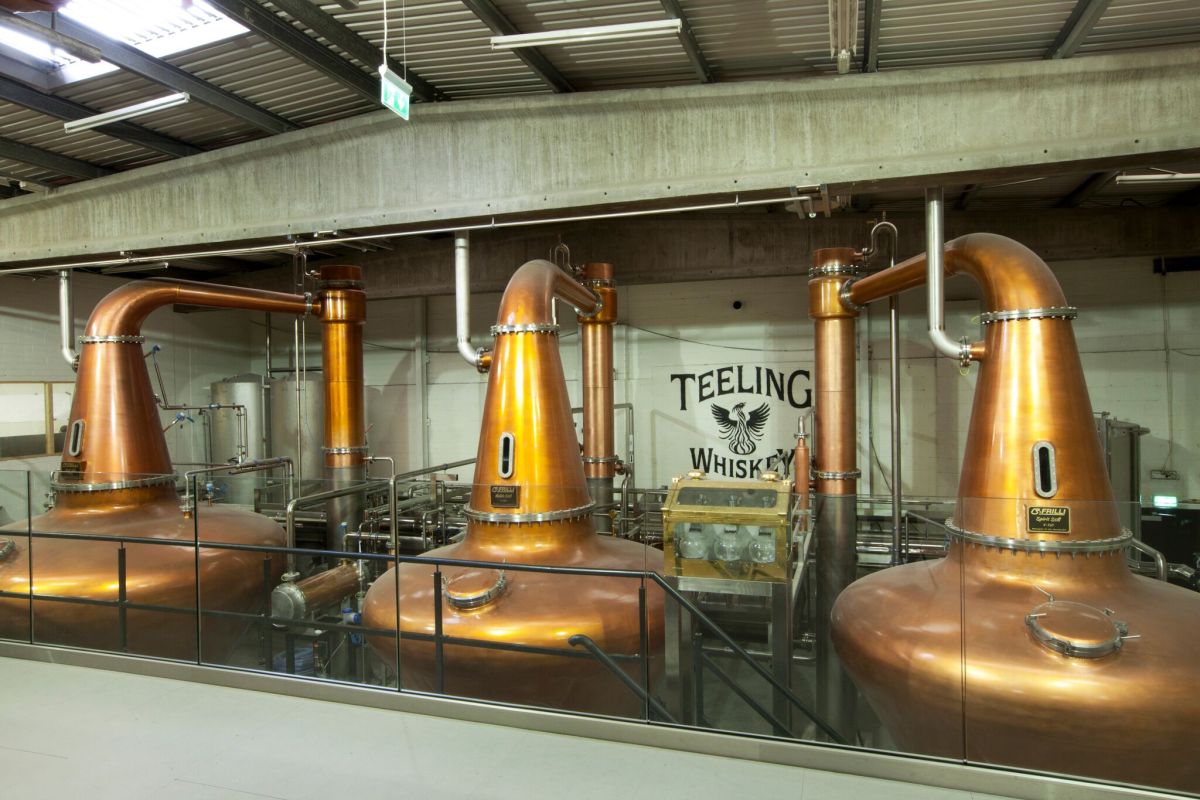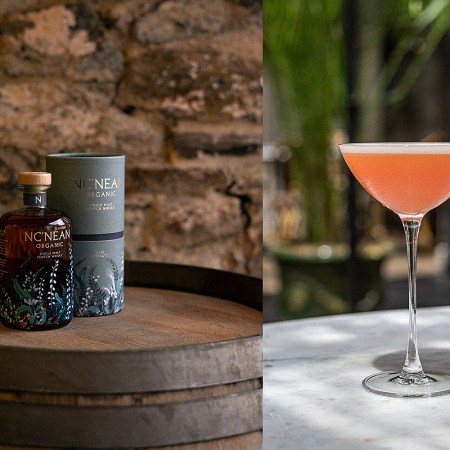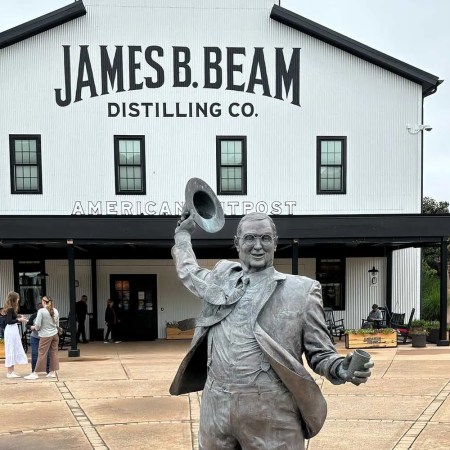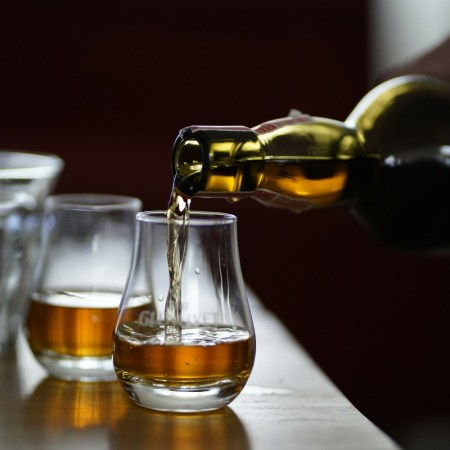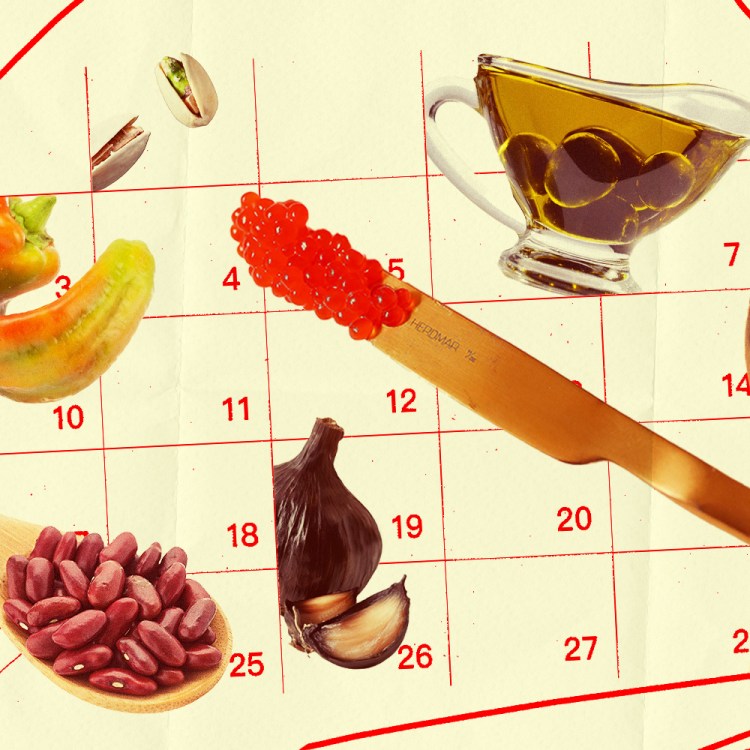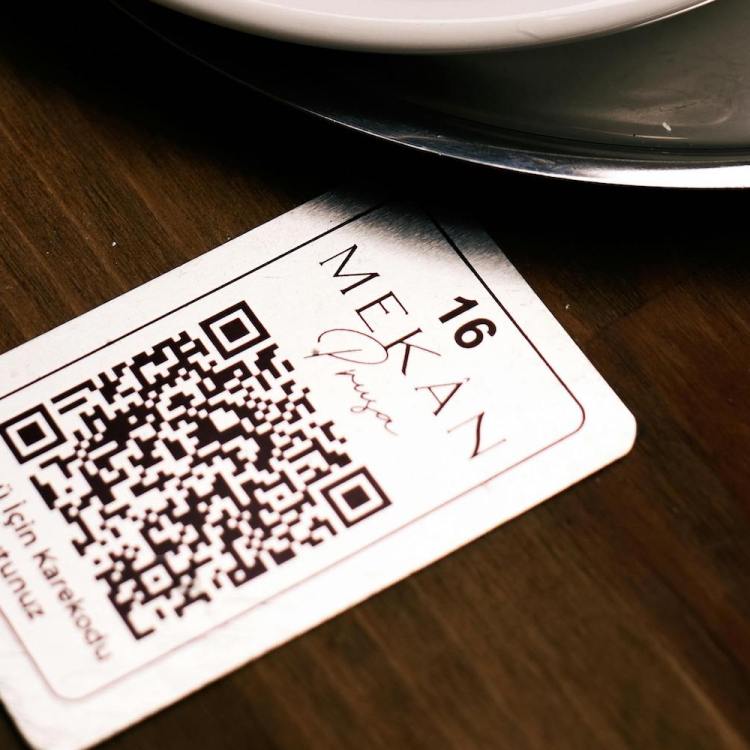Until recently, if you went to most American liquor stores or bars and looked for Irish whiskey, you’d be greeted by three options: Jameson, Powers and Bushmills. If you were lucky, maybe you’d also find Tullamore Dew. No craft distilleries, no up-and-comers, just a few steady choices to represent the whole of Ireland and the country’s thousand-year history in whiskey making. Irish whiskey had dropped from cornering 60 percent of the world whiskey market in the 18th century to just one percent by the 1980s. The last distillery in Dublin had closed its doors in 1976. A series of consolidations and market shifts meant that Irish whiskey production had been consolidated into a handful of global companies.
But in the last decade, demand for Irish whiskey has grown dramatically in the United States. According to the U.S. Distilled Spirits Council, high-end premium Irish whiskey sales are up 1106 percent from 2002 to 2018, with much of the growth in the past seven years. This is in part thanks to Pernod Ricard, the French liquor giant that bought Jameson in 1988 and then put time and money into researching how to make Irish whiskey a more consistent product, and in part thanks to surge of interest in whiskey, generally. Accordingly, the Irish whiskey section, once ignored, has begun to expand. In 2014, there were five operating Irish whiskey distilleriesIn August 2017, that number grew to 18. We are now at the beginning of an Irish whiskey boom.
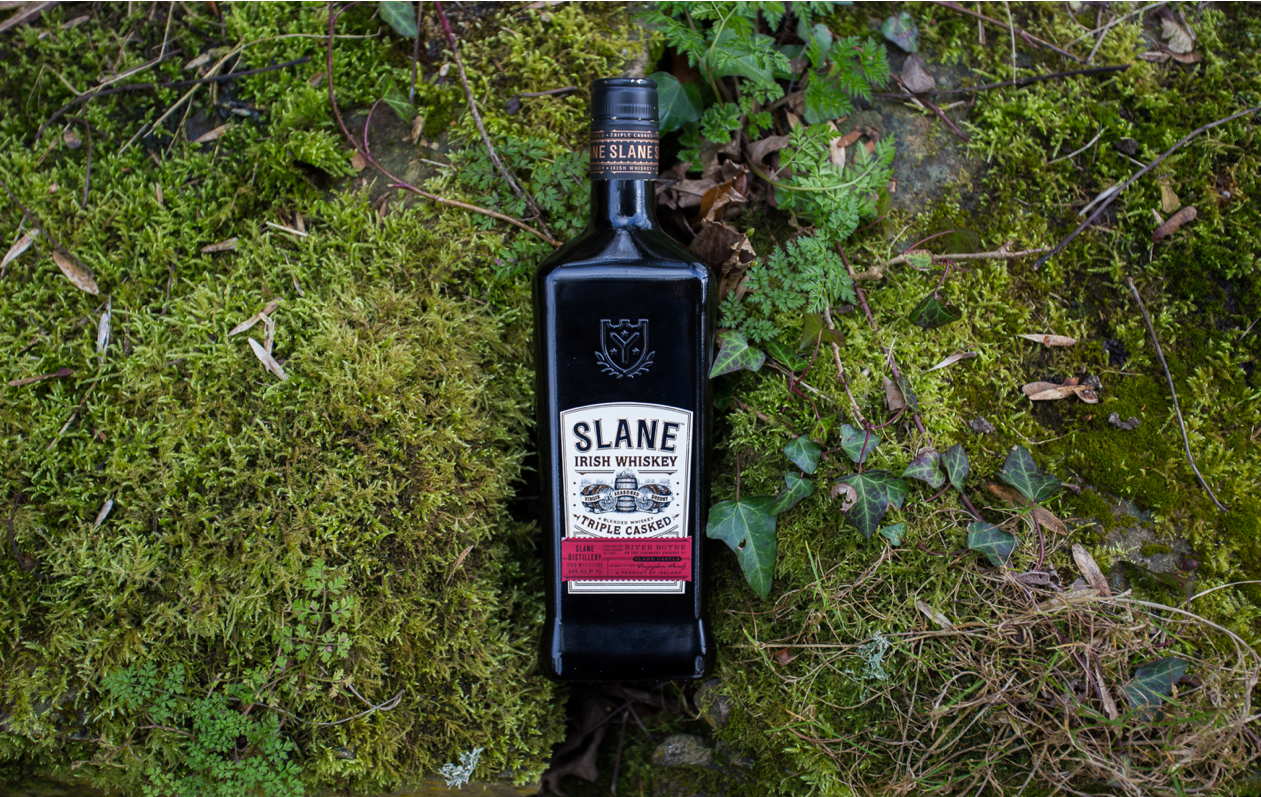
One of the brands at the forefront of this new generation of Irish whiskey distillers is Slane Whiskey, a spirit that launched in 2017. If you’ve heard of Slane before, it’s likely because of the rock concert series outside of Slane Castle. David Bowie, Oasis, Bruce Springsteen, The Rolling Stones and U2 have all headlined the show, which is put on by Slane Castle proprietor and Irish Daily Mirror columnist Lord Henry Conyngham, the 8th Marquess of Conyngham who grew up in Slane Castle before converting it into a local historical attraction. Lord Henry Conyngham, also known as Henry Montcharles, is a beloved local celebrity and a booster for Irish rock musicians — he has tales of hanging out with Phil Lynott, picking up a hitchhiker when Pete Townshend happened to be in the car, and bringing Mick Jagger to a pub. His castle served as a recording studio for U2’s 1984 The Unforgettable Fire. (The album cover features a different castle in a dilapidated state, which Henry Conyngham jokes confused his friends. “I got calls saying, Henry, your place is an absolute tip,” he says.) In Ireland, Slane is almost synonymous with the event, like Glastonbury in the U.K. Conyngham and his son, Alex, had long wanted to make a whiskey. Alex Conyngham worked for a while as a brand ambassador for Jameson, and his family had a long-established affection for the drink. “‘Whiskey in the Jar’ is the Slane Castle anthem,” Henry says. “It made sense. It seemed to go hand in hand with rock and roll.”
In fact, it’s not their first attempt at launching a Slane-based whiskey. From 2009 to 2012, the family partnered with Cooley Distillery to source spirit and bottle it under their own label. But when spirit became more difficult to source, the Conynghams looked for another partner who could guide them in the establishment of a distillery to make their own. Enter American spirits giant Brown-Forman, owner of a portfolio that includes Jack Daniel’s and Woodford Reserve. Along with their industry expertise, Brown-Forman provided the Conynghams access to one of the most crucial elements of Irish whiskey making: barrels.
The regulations for Irish whiskey stipulate that the spirit must be distilled and matured in Ireland, and that it must be aged for at least three years and one day in wood barrels. Unlike many spirits, however, there’s no regulation on what kind of wood the spirit has to mature in. Irish whiskey is Irish whiskey even if it’s aged in secondhand tequila, rum or port barrels, allowing for distillers to get more creative in the flavor profiles they coax into the spirit through distilling and blending.
Working with Brown-Forman, Alex Conyngham hit upon the maturation formula that became Slane Whiskey’s signature, blending spirit that had been matured in toasted virgin oak barrels, barrels that had been used to age whiskey, and Oloroso sherry casks. The casks were the hardest sell, Conyngham said. “Brown Forman had all these barrels, why did we need to buy barrels from Spain, they asked” Conyngham says. But the sherry cask added a Christmas cake finishing note that, combined with the brown sugar and banana notes from the ex-whiskey barrels and the vanilla of the virgin barrels, gave Slane it’s unique flavor, and the triple cask system stuck. In 2015, the Conyngham family launched a project to convert the Slane Castle’s defunct stables into a distillery and visitor center, which opened in 2017, the same year that the new Slane whiskey launched. Now, the spirit is carried alongside the usual suspects at pubs around Ireland.
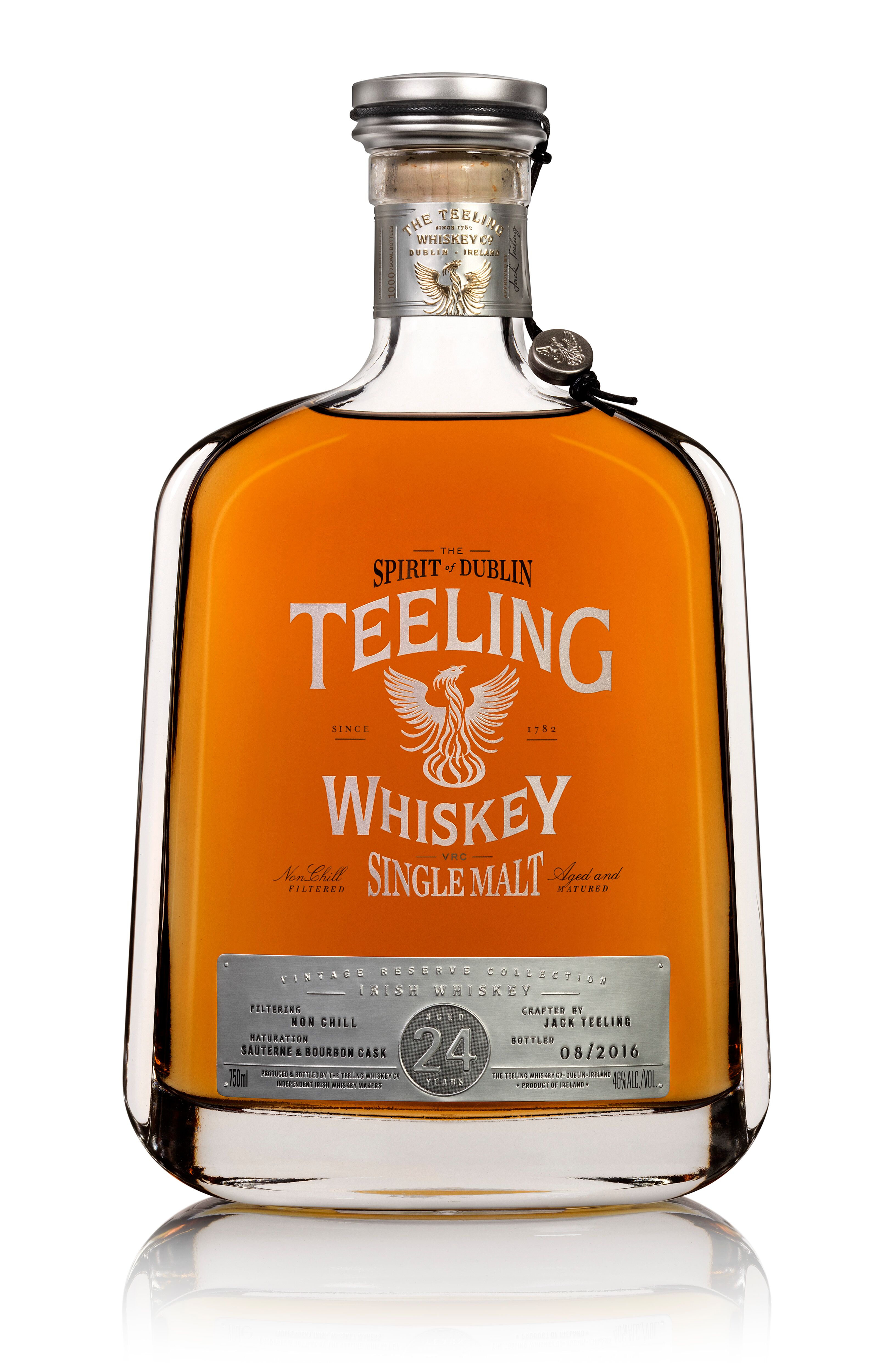
Another distillery that’s made use of the wiggle room Irish whiskey allows distillers in their barrel maturation is Teeling, a distillery established by brothers Jack and Stephen Teeling in Dublin in 2015. The Teelings have a long history in the Irish whiskey business. They worked with their father, John Teeling, at the Cooley Distillery until it was purchased by spirits giant Beam Suntory in 2011. As part of the sale, Teeling got 16,000 casks of aged whiskey, an advantage that allowed the brothers to fill the gap between the beginning of manufacturing and maturing their own spirit.
At the distillery that the Teelings established in the Liberties in Dublin, the brothers have been experimenting with using different barrels and casks to age their whiskey expressions. “We focus on building on what people enjoy from Irish whiskey by layering on top unique flavors from barrels not normally used to mature Irish whiskey,” Jack Teeling explains in an email. “From the rum barrels we use for our flagship Teeling Small Batch to the ex-California Cabernet Sauvignon wine barrels for our Teeling Single Grain, all our whiskeys…challenge existing perceptions of Irish whiskey.”
And Slane and Teeling aren’t the only two leading the charge. There’s Dead Rabbit Irish whiskey, launched in February 2018, and Roe & Co., launched in March of this year. The expansion of diversity of Irish whiskies has also led to major players releasing more experimental whiskey lines, like the Jameson caskmate series, which has Jameson aged in stout and IPA barrels. In the next five years — time for the whiskey to be manufactured and officially mature into a state that’s commercially viable — no doubt they’ll be many more Irish whiskeys on the shelves.
Every Thursday, our resident experts see to it that you’re up to date on the latest from the world of drinks. Trend reports, bottle reviews, cocktail recipes and more. Sign up for THE SPILL now.
